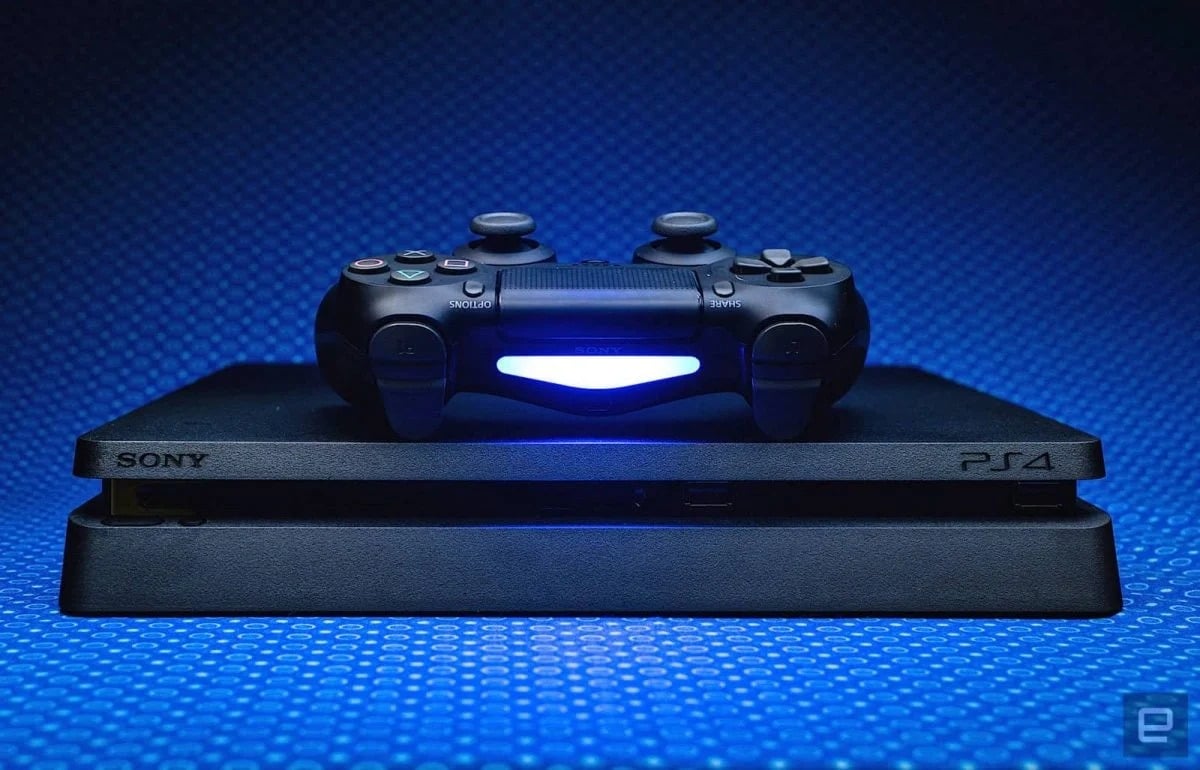Facebook is huge online, and it appears like nothing will make the social networking platform fall at this point.
Page Contents:
We all see Facebook as just a social network, but it does not end there. They are also a big advertising company, one of the largest and essential ones in our generation. Whenever you access Facebook or Instagram, you will be shown tons of adverts from partners trying to spread the message about their products. The advertisement targeting is now so direct that it would seem as though Facebook is hearing your convos via the microphone on your smartphones and tab while linked to the web—a scary, Black Mirror-esque thought.
If you intend to get rid of Facebook pixel from your website, you are most likely a content owner who uses Facebook for consistent advertisements. There are lots of reasons to delete your Facebook advertising strategy, but sadly, Facebook makes it pretty difficult to get rid of pixels. Are you an end-user? A normal consumer of Facebook who heard about pixels on Facebook and plan to delete any monitoring of your browsing data, you might be left with two difficult options.
Notwithstanding, let us highlight what Facebook pixel is used for, what you can do to work around it, if it can be deleted, and how you can stay away from being deceived by Facebook.
![]()
You Might Also Want To Read- Oppo Reno, Reno 10x zoom and Reno 5G preparing entry into Europe
What Is Facebook Pixel?
If advertising on Facebook is not your concern then Facebook Pixel will mean nothing to you. To lots of people, hearing or seeing “pixel” conjures Google’s phone line, and maybe more precisely, their amazing cameras for which they are named. Maybe you are thinking of the pixels on the display you are viewing this on right now, several of which make up the pictures and clips we stumble on every single day on the internet. What you might not be giving any thought though, are the ideas that surround a pixel as a sort of information set up by Facebook to provide enhanced targeted advertisements, something that, is a little controversial when it comes to its normal use.
Facebook pixel is an analytics tool, a code designed to be used on websites so as to be able to monitor users as they make use of a site with pixel enabled. As broken down by Facebook on their pixel site, the tool gets triggered as soon as someone visits a site and performs an action. The pixel automatically ensures that action is reported, informing the website owner that a person used their site after viewing an advert on Facebook. It also lets the customer be reached once more using a custom audience tool as you set up a fresh advertisement. In summary, the pixel is a way for Facebook to let advertisers of all shapes and sizes improve their delivery of advertisement to those who will probably tap on the advert.
How Does Facebook Pixel Work?
With all these lofty dreams in your head, how exactly does the Facebook pixel work? The JavaScript is included in every web page and can identify when anybody gets on your own web page, their IP address, location, browser information and phones they are using. Even if it might appear creepy, it is normal. Google Analytics and other services do precisely the same thing. As soon as your page is loaded, the JavaScript runs and the Facebook pixel reports back, aiding the creation of a long and a standout identifier. You will now be able to access anonymized data from all your pixel reports in the Facebook Business Manager. You will be able to view where your readers stay i.e their location, the phones they use, the browsers they make use of, the length of their stay on your website, and the pages they checked out when they were on the site. These info can now step up your pages for specific geographic regions, for mobile, for desktop, re-market to visitors or whatever you desire.
There is a sharp learning process for making a Facebook pixel work. There are also some requests for info on how to get rid of a Facebook pixel from users who made an error or have just decided to do away with it on a page.
![]()
You Might Also Want To Read- Tips to increase the battery life of your Android (2019)
How Can I Delete A Facebook Pixel?
Sadly, there are certain serious problems as regards deleting a Facebook pixel from your site. As with several other things, Facebook has not made it easy to get rid of them, and deleting Facebook pixel data is not exempted. It is also vital to note that you cannot delete a pixel with data on you, for instance, as a regular customer on Facebook, and not a business manager, you cannot “delete” the pixels Facebook makes for advertisers. Asides granting you added adverts according to what you tap on, the pixel is out of the end users control, except you make use of ad-blocking and deactivate monitoring on websites to safeguard your privacy and boost your chances of not getting advertised as well. But if you are connected about privacy as an end-user, being on Facebook might not be a terrible place to use up your time.
As a site owner, getting rid of pixel from your website is as simple as getting code off your site. Facebook lets you set up your pixel using either manual code integration or getting the code on the website via services like Wix, Squarespace. Since a Pixel is only a piece of code implemented into your site, it can be removed by getting rid of the code implemented in your header. If you made use of the injection method for code placing in your website, you will also be able to delete the code via that tool. Facebook’s tutorial basically uses Squarespace as a reference guide for getting rid of pixel from your injected code, but it will be identical for several online website designers.
The main disadvantage lies in the website not actually deleting the pixel from your Facebook business tool, even when pixel is off your website. What gets done, though, is the removal of the possibility of the pixel being able to enable and monitor any of your consumers as they access your website. Even if this is not identical to totally getting rid of the information, the pixel should sit in your business account, unused and unable to monitor any more data on behalf of your site and adverts.




